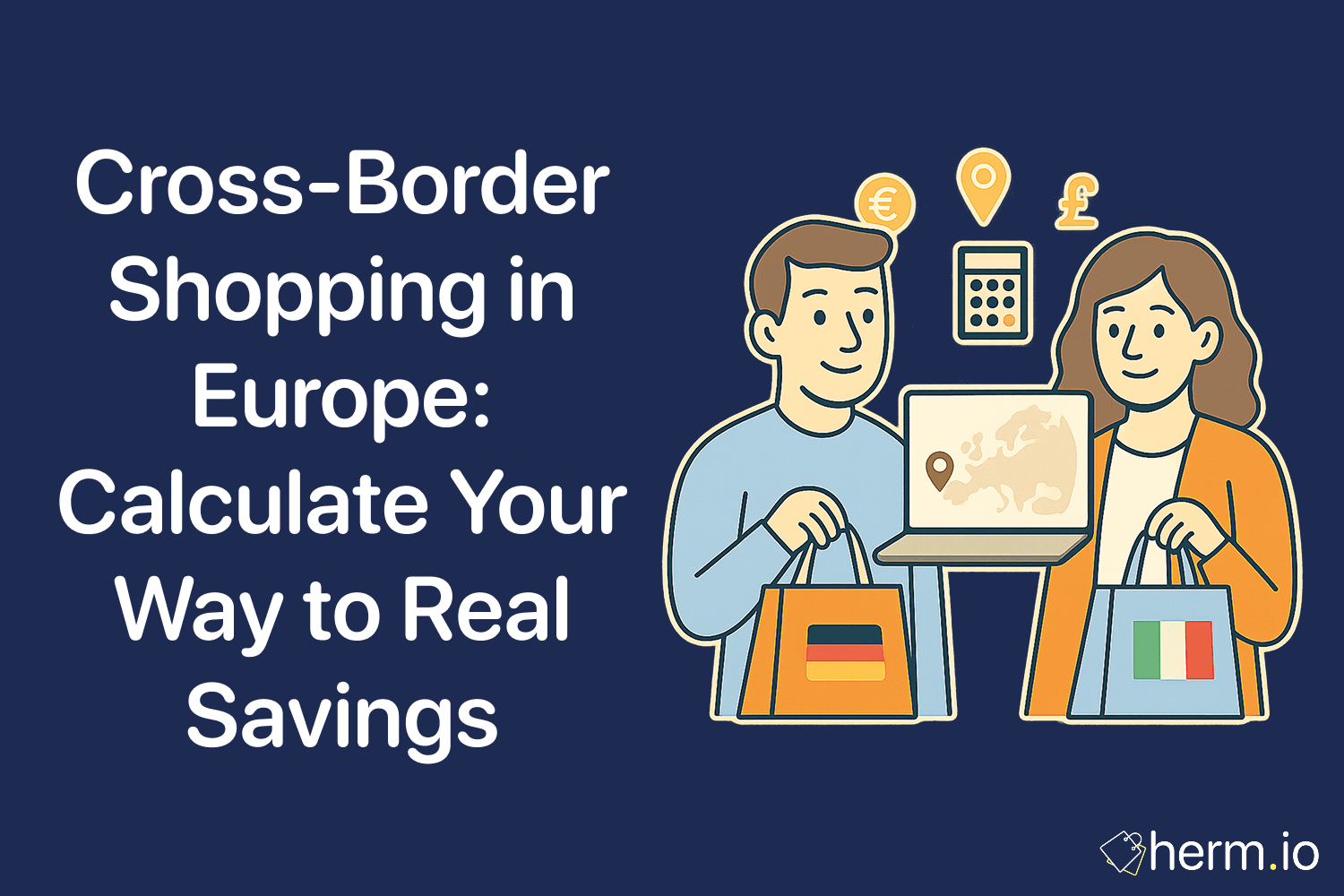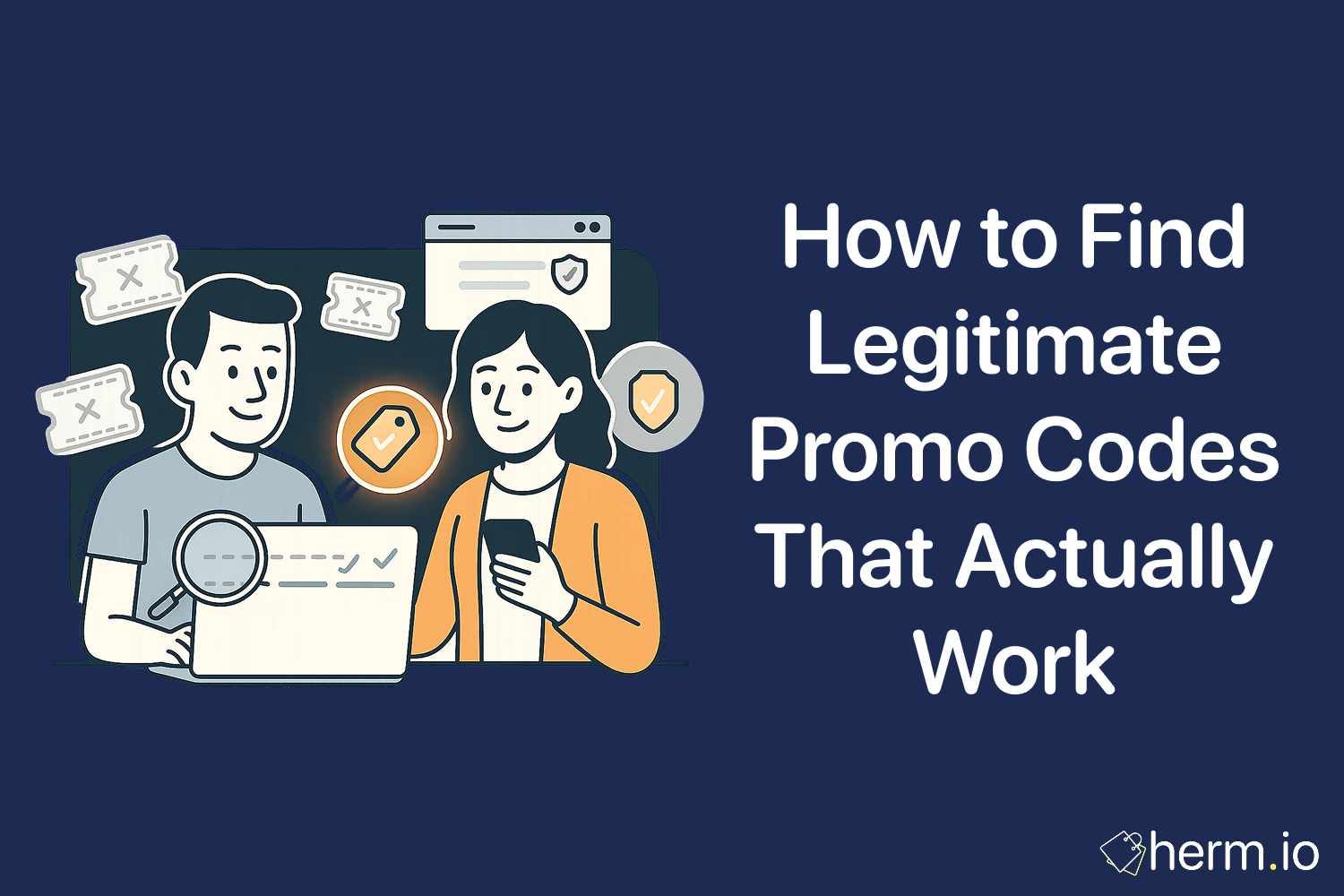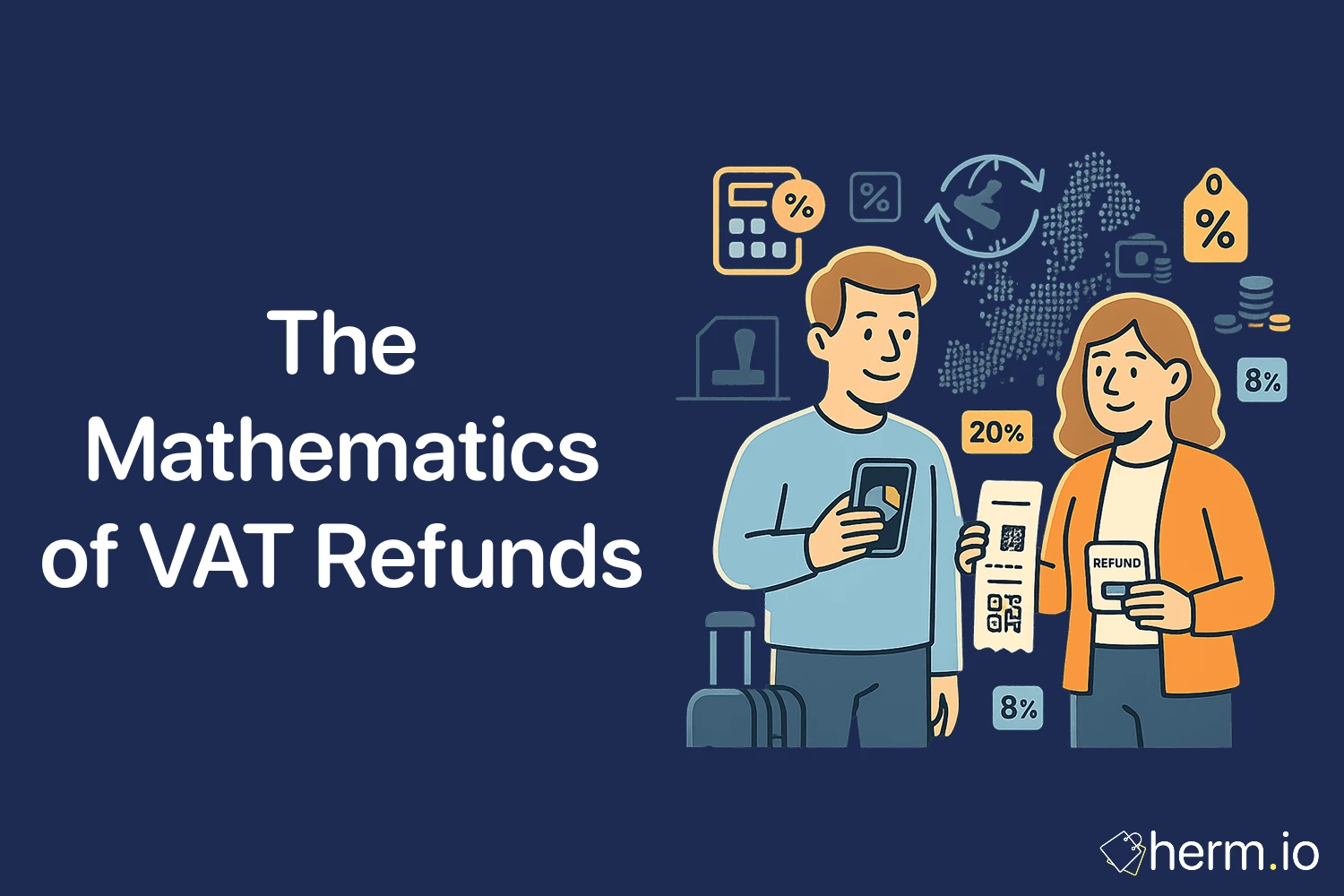
Picture this: you've found that perfect winter coat online, priced £120 less than your local shop. Before you click "buy," pause. The numbers tell a clear story, but only if you read all of them. That tempting discount might evaporate once shipping, import duties, and courier fees join the equation.
Cross-border shopping in Europe works like a well-engineered system. Input the right data, apply the correct formulas, and output genuine savings. Miss a variable, and your bargain becomes an expensive lesson. This guide provides the mathematical framework to calculate true landed costs and identify legitimate cross-border opportunities.
Quick Wins: Implement These Calculations Today
- Calculate total landed cost before purchase (item + shipping + duties + VAT + courier fees)
- Pay in seller's currency to avoid poor conversion rates
- Verify VAT collection method at checkout (DDP vs DAP)
- Compare final delivered price against local alternatives
- Factor return costs into your decision matrix
Understanding Landed Cost Mathematics
Landed cost represents your actual spend—every penny from click to doorstep. The formula contains five components:
Base Calculation: Item Price + Shipping + Import VAT + Customs Duty + Courier Fees = True Cost
Most shoppers focus solely on item price. Like measuring a building's height without considering its foundation, this approach produces skewed results. Each additional cost layer affects your final calculation.
Consider a €500 camera from a non-EU seller. The advertised price looks attractive, but the complete calculation reveals:
- Item: €500
- Shipping: €20
- Duty (4%): €20.80
- Import VAT (20%): €108.16
- Courier fee: €10
- Total: €658.96
If your local price stands at €699, you save £40. At €649 locally, you're better off buying nearby.
EU VAT Rules: The Data You Need
VAT behaviour follows predictable patterns based on seller location and order value.
Within EU Borders: VAT appears at checkout, integrated into your final price. No customs duties apply between EU countries. Your cart total equals your actual cost—the simplest calculation possible.
Importing from Outside EU: Two systems operate here. IOSS (Import One-Stop Shop) collects VAT at checkout for low-value parcels. Look for "VAT included" or "taxes collected" notifications. When sellers use IOSS, your parcel bypasses additional charges.
Above IOSS thresholds, expect import VAT plus potential courier advancement fees. Your payment arrives in instalments: initial checkout amount, then delivery charges.
Post-Brexit UK Calculations: UK now operates separate VAT systems. Low-value UK purchases often include VAT at checkout. Higher values trigger import procedures with courier fees averaging £8-£12.
Strategic Country Selection Based on Data
No single country dominates all categories, but patterns emerge from price analysis.
Electronics & Technology: German and Dutch retailers consistently price competitively, particularly during quarterly clearances. Check warranty regions carefully—EU-wide coverage adds value versus country-specific service requirements.
Fashion & Accessories: Italian and French platforms excel during seasonal transitions. Mid-year and year-end clearances create substantial price differentials. Factor potential customs duties on leather goods when importing from outside EU.
Beauty & Personal Care: French para-pharmacies and Polish retailers show strong pricing patterns. Verify EU market compliance and labelling requirements before purchase.
The systematic approach works like this: identify two target countries known for your category, compare checkout totals from major retailers in each, calculate landed costs for non-EU options, then measure against local availability.
Currency Optimisation: Silent Percentage Gains
Exchange rate management quietly improves your bottom line by 1-5% per transaction.
Always Choose Seller's Currency: When sites offer currency conversion at checkout, decline. Their Dynamic Currency Conversion rates typically exceed your card's interbank rates by 2-4%. Select "Pay in EUR/GBP/USD" and let your card handle conversion.
Card Selection Matters: Low foreign exchange fee cards or multi-currency wallets reduce costs. Some providers add weekend markups when markets close; time weekday purchases to avoid these charges.
Refund Rate Variance: Returns process at the exchange rate on refund day, not purchase day. Expect small differences—usually under 2% variance.
Import Fee Calculations and Incoterms
Courier charges often surprise shoppers, but these follow standard structures.
Understanding Delivery Terms:
- DDP (Delivered Duty Paid): Seller includes all taxes/fees in checkout total. You pay nothing on delivery.
- DAP/DDU (Duty Unpaid): You pay VAT, duty, and courier fees when parcel arrives.
Standard Courier Fees:
- Brokerage/clearance: £6-£12
- Disbursement (courier advances VAT): £8-£15
- Remote area surcharge: £3-£8
- Storage fees: £2-£5 per day after grace period
Like a well-engineered system, these fees follow published schedules. Check your courier's fee structure before ordering to input accurate variables into your cost calculation.
Practical Implementation Strategy
Step 1: Market Research (15 minutes) Compare identical products on 2-3 retailers across your target countries. Screenshot final checkout prices including VAT.
Step 2: Import Calculation (5 minutes) For non-EU purchases, estimate duty percentage using product category, calculate import VAT on (item + shipping + duty), add courier advancement fee.
Step 3: Total Cost Comparison Include return shipping costs in your analysis. If size or colour uncertainty exists, factor these logistics expenses.
Step 4: Payment Optimisation Use low-FX-fee cards, pay in seller's currency, avoid weekend premium periods if your provider charges them.
Return and Warranty Mathematics
Cross-border returns introduce additional variables. EU distance-selling protections apply to EU-based sellers. Outside EU, you depend on seller policies and local consumer laws.
Keep comprehensive documentation: invoices, tracking numbers, customs forms. Proper return documentation helps avoid double VAT charges when items re-enter customs systems.
Warranty service location affects total cost of ownership. Regional coverage adds value; country-specific service requirements create future expense risks.
Real-World Calculation Examples
Example 1: EU to EU Purchase
German retailer, £180 item, £12 shipping to UKTotal: £192 (VAT included)Compare directly with UK prices—no additional fees.
Example 2: US to EU Import
$200 item, $25 shipping, 20% UK VAT, 0% duty (electronics), £10 courier feeCalculation: ($225 × 1.20 × exchange rate) + £10If rate = 1.25: (£180 × 1.20) + £10 = £226
Example 3: Swiss to EU Purchase
CHF 300 item, CHF 20 shipping, 20% VAT, £8 courier feeTotal: (CHF 320 × 1.20 × exchange rate) + £8
These calculations provide framework for any cross-border decision.
Systematic Shopping Success
Cross-border shopping success stems from mathematical precision, not guesswork. Calculate true landed costs, understand VAT collection methods, optimise currency conversion, and factor return logistics.
The numbers reveal genuine opportunities when you input complete data sets. Start with one category, master the calculation framework, then expand your cross-border strategy systematically.
Which product category will you analyse first using this mathematical approach?
Frequently Asked Questions
How do I avoid paying VAT twice on returned imports?
Keep all purchase and shipping documentation. Follow seller return procedures exactly and ensure customs paperwork clearly marks shipments as "returned goods" rather than new imports.
What's the difference between DDP and DAP for my calculations?
DDP includes all taxes and fees in your checkout total—what you pay is what you get. DAP means additional VAT, duty, and courier fees arrive with delivery. Always confirm which method applies before purchase.
Can I trust dynamic currency conversion rates at checkout?
No. Seller conversion rates typically cost 2-4% more than your card's interbank rate. Always pay in the seller's currency and let your card handle conversion for better mathematics.
Do courier fees apply even with IOSS VAT collection?
Sometimes. While IOSS eliminates VAT collection on delivery, some couriers still charge small processing fees (£2-£5). Check shipping terms for complete fee schedules.

Camille Durand
I'm a marketing analytics expert and data scientist with a background in civil engineering. I specialize in helping businesses make data-driven decisions through statistical insights and mathematical modeling. I'm known for my minimalist approach and passion for clean, actionable analytics.

.png)








.png)

.png)
.png)
.png)